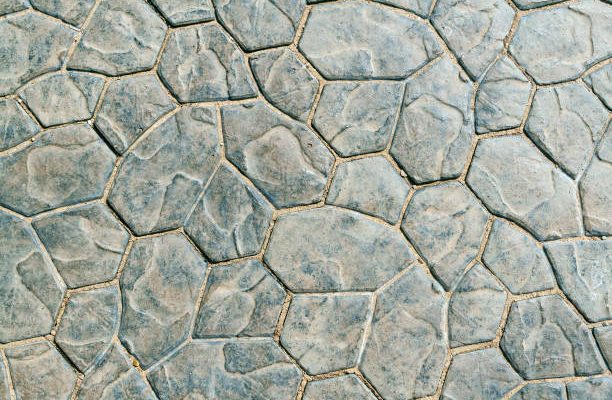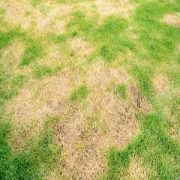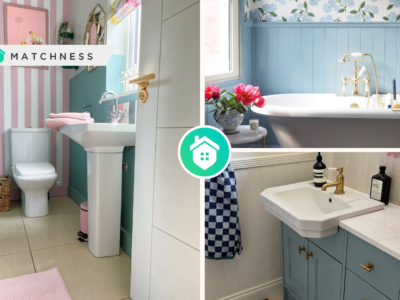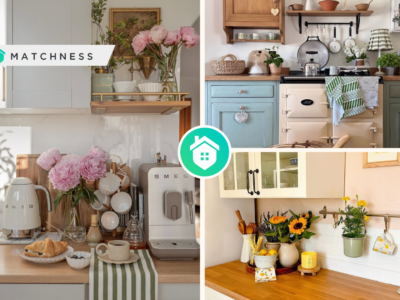Are you looking for a flooring option that can enhance the beauty and value of your home? Do you want a floor that is durable, easy to maintain, and eco-friendly? If yes, then you might want to consider stone flooring.
Stone flooring is one of the oldest and most luxurious flooring materials in the world. It is made from natural stones that are quarried from the earth and cut into tiles or slabs. Stone flooring comes in various types, colors, textures, and patterns, giving you endless possibilities to create your dream floor.
Here, we will explore the benefits of natural stone flooring, the different types of stone flooring for your home, some creative ideas to design your stone floor, and some tips to care for your stone floor.
The Benefits of Stone Flooring
Stone flooring has many advantages over other flooring materials. Here are some of them:
- Stone flooring is durable. Stone floors are by far one of the most durable materials out there. They can withstand spills, stains, scratches, chips, and high traffic, making them ideal for kitchens, bathrooms, hallways, and living rooms. Stone floors can last for decades or even centuries with proper care and maintenance.
- Stone flooring works indoors and outdoors. Stone floors are versatile and can be used both indoors and outdoors. They can create a seamless flow between your indoor and outdoor spaces, giving you more living area and a sense of harmony. Stone floors can also withstand harsh weather conditions and temperature changes, unlike wood or laminate floors.
- Stone flooring is naturally cool. Stone floors have a natural ability to stay cool even in warm climates. This can help you save on energy costs and keep your home comfortable during the summer months. Stone floors can also work well with radiant heating systems, which can provide warmth and coziness during the winter months.
- Stone flooring controls allergens. Stone floors are non-porous and do not harbor dust mites, mold, or bacteria. This can help reduce allergens and improve the air quality in your home. Stone floors are also easy to clean and sanitize with mild soap and water.
- Stone flooring is unique and elegant. Each natural stone tile or slab is a unique creation of nature. No two pieces are exactly alike, giving your floor a distinctive character and charm. The natural color and texture of stone floors can also complement any style of decor, from rustic to modern.
Different Types of Stone Flooring for Your Home
There are many types of natural stones that can be used for flooring. Each type has its own properties, benefits, and drawbacks that you should consider before making your choice. Here are some of the most popular types of stone flooring for your home:
Marble flooring.
Marble is one of the most luxurious and expensive types of stone flooring. It has a smooth surface with veins of different colors running through it. Marble flooring Sydney can add elegance and sophistication to any room in your home. However, marble is also porous and prone to staining and etching from acidic substances such as wine, lemon juice, or vinegar. Marble also requires regular sealing and polishing to maintain its shine and beauty.
Granite flooring.
Granite is one of the hardest and most durable types of stone flooring. It has a speckled appearance with grains of different colors and sizes. Granite flooring can resist scratches, stains, chips, and heat, making it ideal for kitchens and bathrooms. Granite also comes in a variety of colors and patterns, from black to white to red to green. However, granite is also one of the most expensive types of stone flooring and requires professional installation.
Limestone flooring.
Limestone is a sedimentary rock that has a soft and earthy look. It comes in shades of beige, brown, gray, or yellow. Limestone flooring can create a warm and cozy atmosphere in your home. However, limestone is also porous and susceptible to water damage and staining from liquids or oils. Limestone also requires sealing every few years to prevent deterioration.
Travertine flooring.
Travertine is another type of sedimentary rock that has a porous surface with holes and pits. It comes in colors ranging from ivory to gold to brown. Travertine flooring can add a rustic and natural appeal to your home. However, travertine is also vulnerable to scratching, staining, and cracking from moisture or pressure. Travertine also requires filling the holes with grout or resin to prevent dirt accumulation.
Slate flooring.
Slate is a metamorphic rock that has a layered and textured surface. It comes in colors such as black, gray, green, or red. Slate flooring can add a modern and sleek touch to your home. However, slate is also brittle and prone to chipping and flaking from impact or abrasion. Slate also requires sealing to prevent fading and staining.
Intricate Patterns and Designs: Getting Creative with Stone Flooring
One of the best things about stone flooring is that you can create various patterns and designs with it. You can mix and match different types of stones, colors, shapes, and sizes to create a unique and stunning floor. Here are some ideas to inspire you:
- Herringbone pattern. A herringbone pattern is a classic and elegant design that consists of rectangular tiles arranged in a zigzag pattern. You can use one type of stone or two contrasting types of stones to create this pattern. A herringbone pattern can add dimension and movement to your floor.
- Basketweave pattern. A basketweave pattern is a simple and charming design that consists of square tiles arranged in pairs to form a woven effect. You can use one type of stone or two complementary types of stones to create this pattern. A basketweave pattern can add texture and warmth to your floor.
- Hexagon pattern. A hexagon pattern is a modern and geometric design that consists of hexagonal tiles arranged in a honeycomb pattern. You can use one type of stone or multiple types of stones to create this pattern. A hexagon pattern can add interest and variety to your floor.
- Mosaic pattern. A mosaic pattern is a creative and artistic design that consists of small pieces of stones arranged in a random or symmetrical pattern. You can use different types of stones, colors, shapes, and sizes to create this pattern. A mosaic pattern can add color and personality to your floor.
Maintenance and Care: Ensuring Your Stone Flooring Ages Gracefully
Stone flooring is a long-lasting investment that can enhance the beauty and value of your home for years to come. However, it also requires proper care and maintenance to keep it in good condition. Here are some tips to help you care for your stone floor:
- Sweep or vacuum regularly. Dust and dirt can scratch and dull the surface of your stone floor over time. Therefore, you should sweep or vacuum your stone floor regularly to remove any loose particles.
- Mop with mild soap and water. Spills and stains can damage the finish and color of your stone floor over time. Therefore, you should mop your stone floor with mild soap and water as soon as possible after any spill occurs. Avoid using harsh chemicals or acidic cleaners that can etch or discolor your stone floor.
- Seal periodically. Sealing your stone floor can help protect it from moisture, stains, and dirt penetration. Depending on the type and quality of your stone floor, you may need to seal it every few months or years. Follow the manufacturer’s instructions or consult a professional for the best sealing method for your stone floor.
- Polish occasionally. Polishing your stone floor can help restore its shine and luster over time. Depending on the type and finish of your stone floor, you may need to polish it every few years or never at all. Follow the manufacturer’s instructions or consult a professional for the best polishing method for your stone floor.
Conclusion
Stone flooring is a timeless and elegant choice for your home that can offer many benefits such as durability, versatility, natural coolness, allergen control, and uniqueness. However, it also comes with some drawbacks such as high cost, slipperiness, water damage, hardness, and maintenance requirements.
Therefore, you should weigh the pros and cons of different types of stone flooring such as marble, granite, limestone, travertine, and slate before making your final decision.
You should also get creative with different patterns and designs such as herringbone, basketweave, hexagon, and mosaic to make your stone floor stand out.
Finally, you should take good care of your stone floor by sweeping or vacuuming regularly, mopping with mild soap and water, sealing periodically, and polishing occasionally.
By following these tips, you can enjoy the beauty and value of your stone floor for years to come.
FAQs
How durable are stone floors?
Stone flooring is very durable, offering excellent resistance to wear and damage when chosen and installed correctly.
Will stone floors match my decor?
Stone flooring comes in many varieties, such as travertine tile, which can match a wide range of decors.
Do stone floors require regular maintenance?
Some types of stone flooring are easier to care for than others. Some need sealing and resealing, while others offer impressive natural finishes.
How long will natural stone flooring last?
With professional installation and regular, professional cleaning and servicing, these floors could last more than 50 years.
What is the difference between natural stone and manufactured stone?
Natural stone is created when one or more minerals consolidate into a solid formation. Manufactured stone is man-made.




















